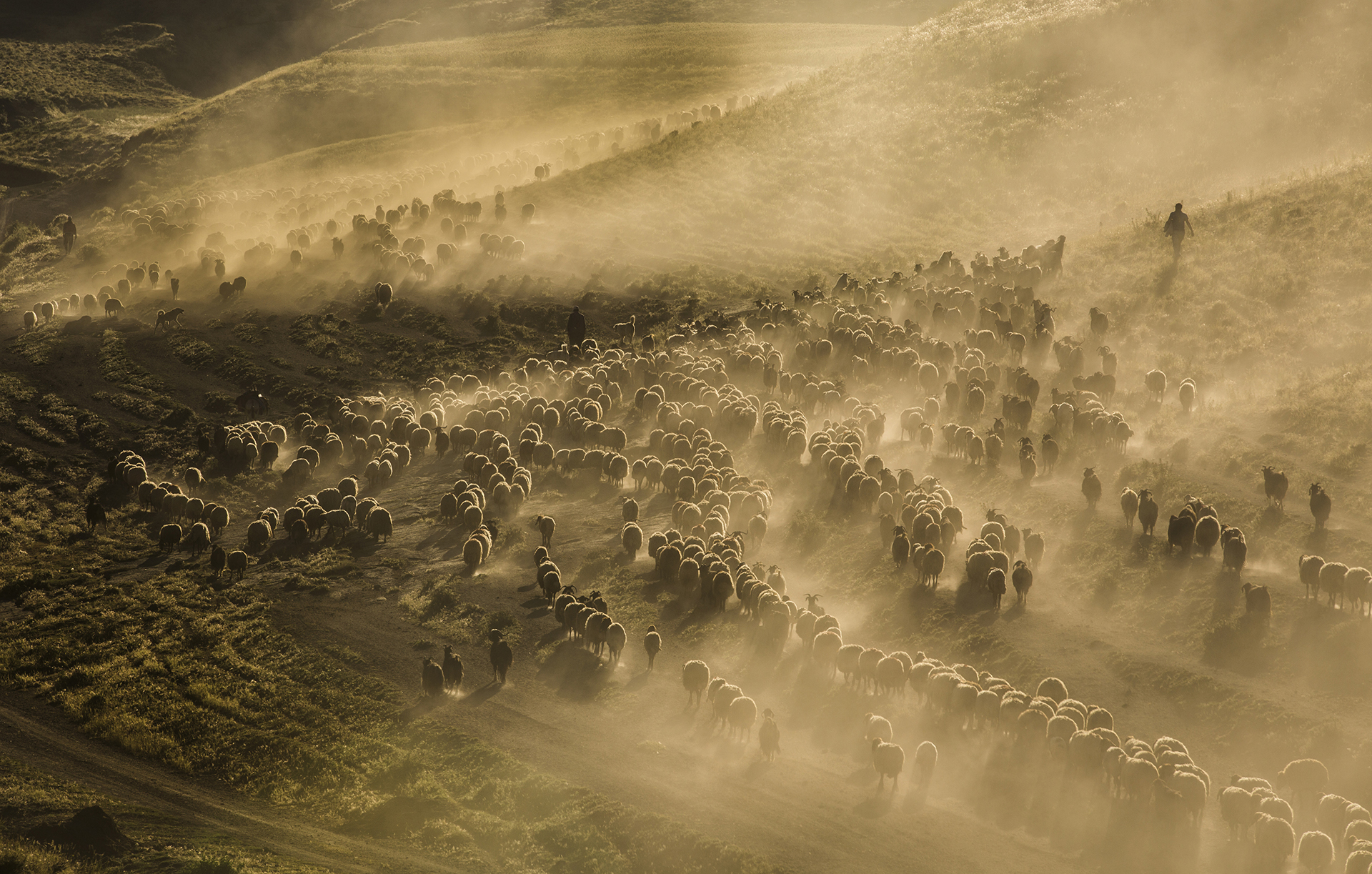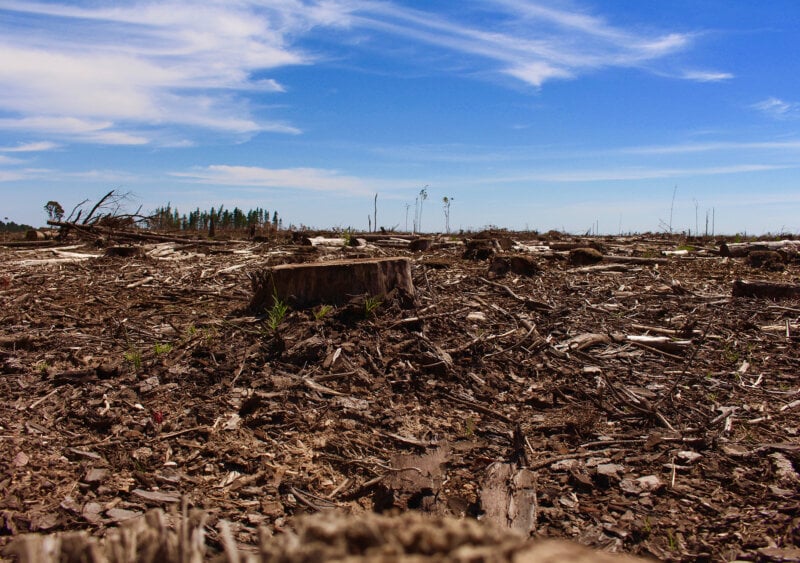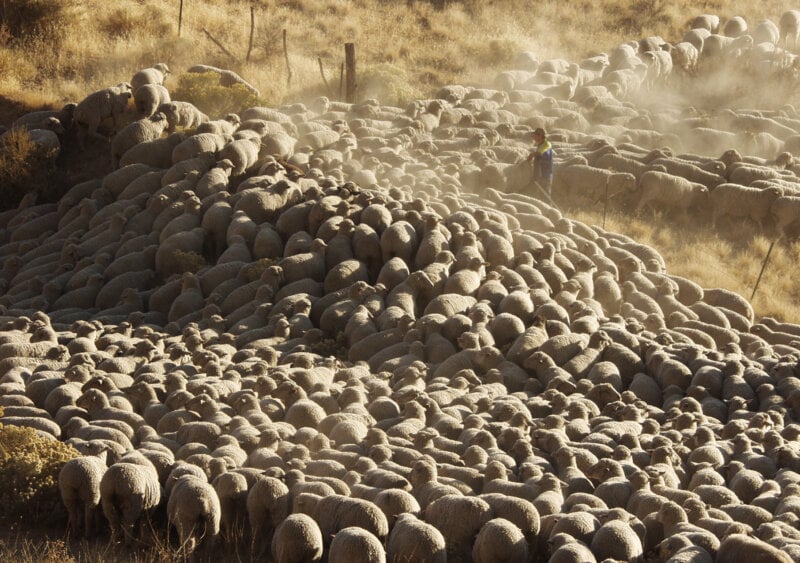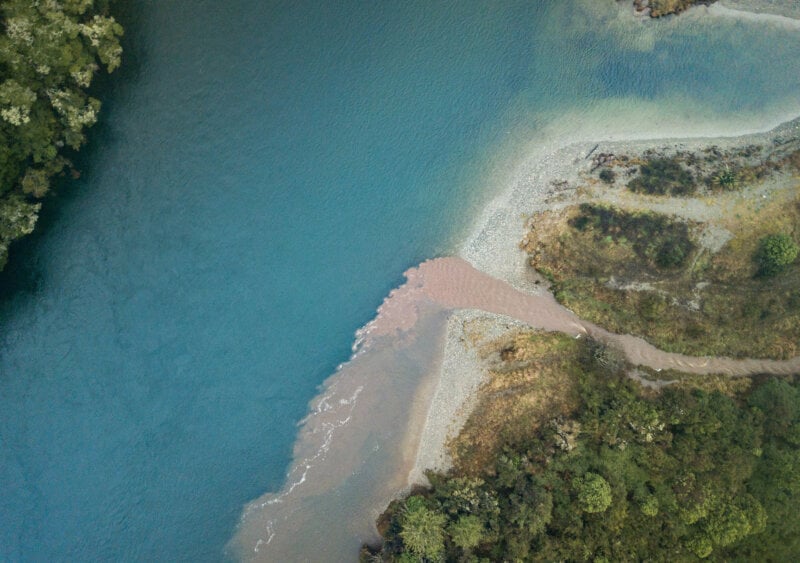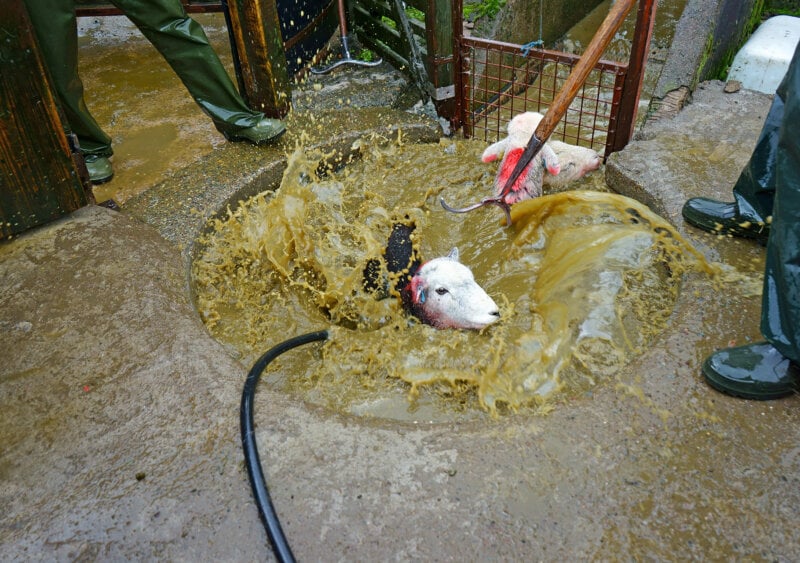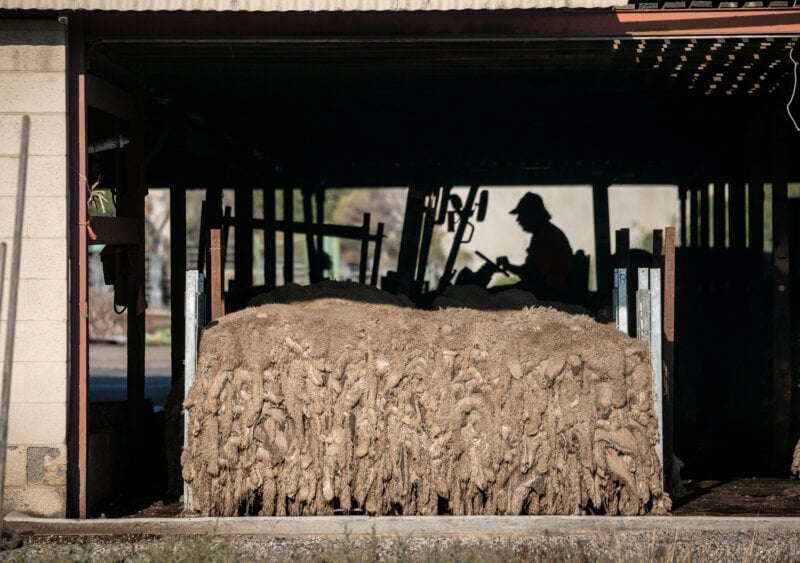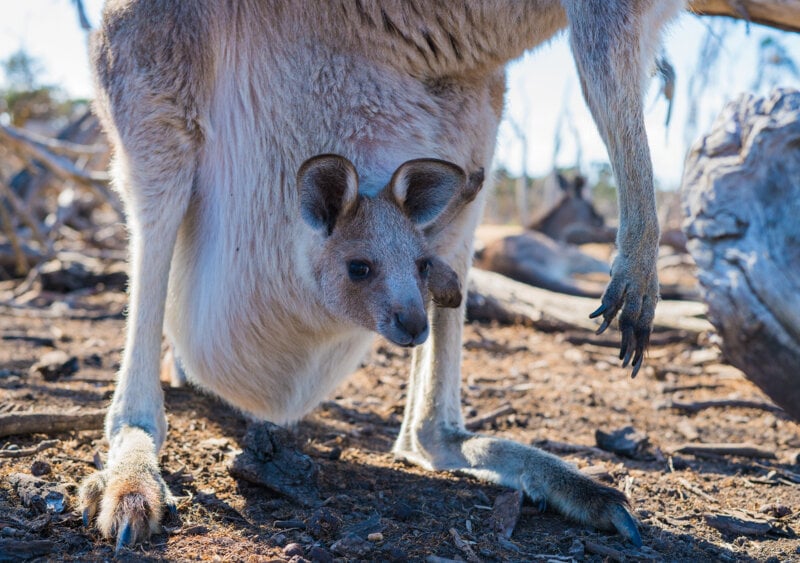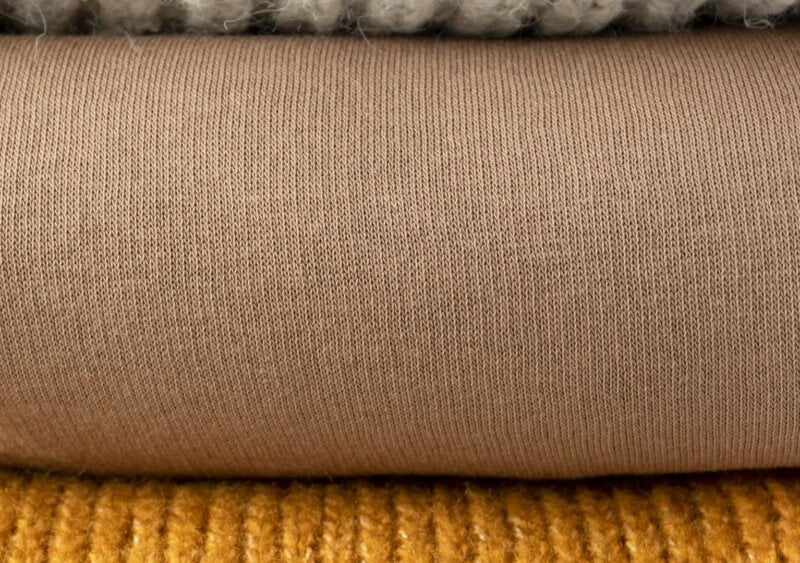It’s easy to be confused about the eco-credentials of wool. More than one independent report has named wool among the worst environmental offenders, but the industry itself touts it as being sustainable.
The Made-By Environmental Benchmark for Fibres ranks wool as a “Class E” fibre, the worst category possible, based on its greenhouse-gas emissions, human toxicity, eco-toxicity, and energy, water, and land use.
Similarly, the Higg Index, collated by the Sustainable Apparel Coalition, ranks wool as the eighth-worst material for cradle-to-gate environmental impact (i.e. from “resource extraction” to factory gate, before being transported to the consumer) – after silk, alpaca fleece, cow leather, goat leather, conventional cotton, hemp, and pig leather.
On the other hand, lobby group Woolmark’s website repeats that wool is “[f]rom nature, for nature”, uses “[l]ess energy and water than other fibres”, and contains “[n]o microplastics”. The Campaign for Wool, an international industry-backed marketing effort fronted by Prince Charles, claims that wool production is a “low risk” to the planet.
The reality is that wool isn’t green – it’s just greenwashed.
Consumers are becoming more concerned about environmental issues, and brands are taking notice, sometimes with genuine moves towards more sustainable production but more often with “greenwashing”. Greenwashing is a practice whereby a company spends more time and money on marketing its product as environmentally friendly than on actually addressing its environmental impact.
The International Wool Textile Organisation’s (IWTO) webpage about sustainability states that “[t]he wool industry is dedicated to making wool’s environmental qualities more understandable and accessible. IWTO and its members regularly invest in scientific research so that wool’s environmental credentials can be quantified and communicated”.
It’s clear that the wool industry is invested in a green marketing strategy, but do any of its claims about wool’s sustainability actually stack up?
From water pollution to wildlife “culling”, the answer is no. Read the articles below for more information.
